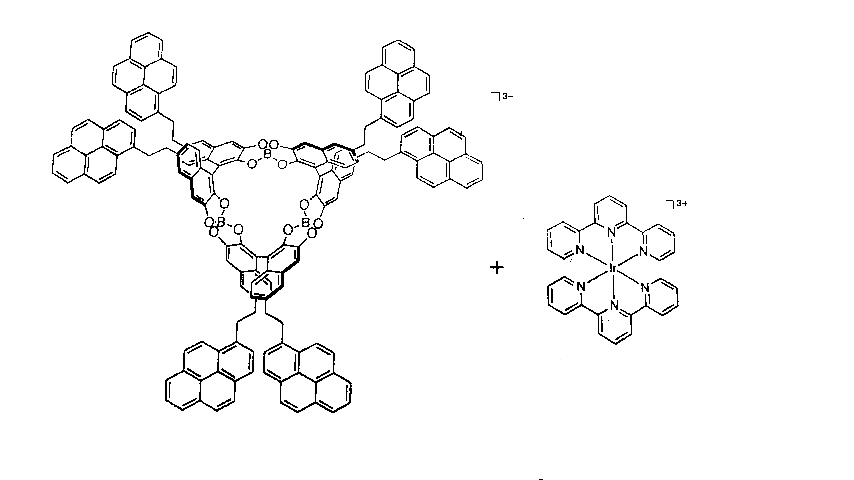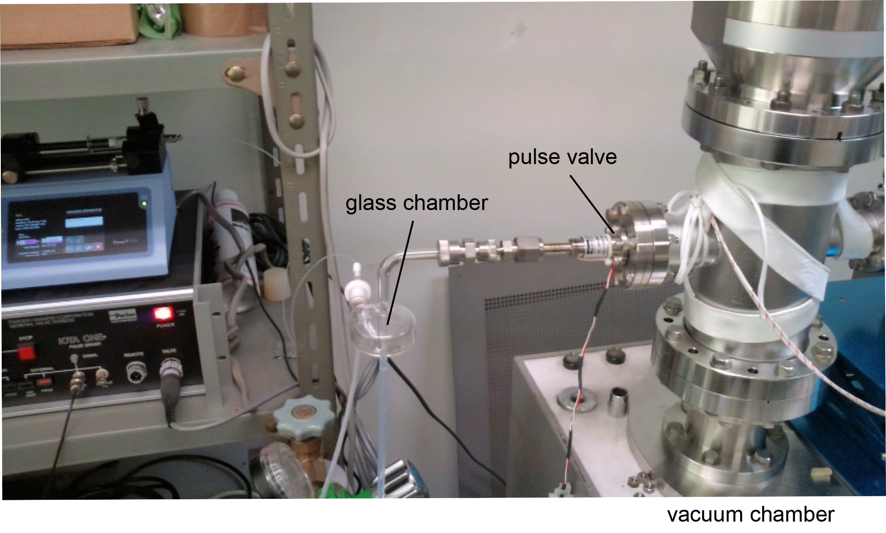
Fig. 1. Chemical structures of the twin bowl·13− and guest molecule [Ir(tpy)2]3+ (tpy =2,2':6',2"-terpyridine)·23+.
We attempted wiring by uisng metallosupramolecular polymers composed of tris (spiroborate) twin bowls·13− and guest molecule [Ir(tpy)2]3+ (tpy =2,2':6',2"-terpyridine)·23+ (Fig. 1) on an HOPG (0001) surface. The supramolecular polymer was dissolved in chloroform at the concentration of 0.23 mg/mL. The solution was pulse injected onto the HOPG surfaces as follows. The HOPG substrate was set in a chamber held at a 2.7 × 10−3 Pa range vacuum. Next, the solution in the capillary of the glass injection nozzle was introduced into a glass chamber as the mists of hundreds nm in diameter by applying the pressure at 350 kPa. Then, the mists were introduced into the vacuum chamber (2.7 × 10−3 Pa) by gaging a pulse valve (2000 times, duration time 2 ms, delay time 500 ms) between the glass and vacuum chambers. Consequently, the supramolecular polymers were adsorbed onto the HOPG surface 13 cm away from the valve (Fig. 2).
The sample was transferred back into air and put on the AFM stage. The AFM images revealed that the extended supramolecular chains form the 2D domain (bundle) and arise as bright lines (indicated by black lines) as shown in Fig. 3. In addition, the chains are adsorbed selectively at the step edges of the HOPG surface. Therefore, it is concluded that the metallosupramolecular polymers can be candidates for the wiring material on the patterned surface by taking the advantage of selective adsorption at the step edges.

Fig. 1. Chemical structures of the twin bowl·13− and guest molecule [Ir(tpy)2]3+ (tpy =2,2':6',2"-terpyridine)·23+.

Fig. 2. Photo of the equipment for the pulse injection.

Fig. 3. AFM image of the supramolecular chains composed of the twin bowl?13- and guest molecule [Ir(tpy)2]3+·23+ at the step edges (black arrowheads) of HOPG surface obtained by applying the 2000 pulses. The extended supramolecular chains arise as bright lines (indicated by black lines) in the 2D domain (bundle).